
Transcription
H A R L A N R I C H A R D S
August 1, 2011
Wisconsin's current parole decision process can best be described as by guess and by gosh. Each commission member is free to follow his or her own agenda as long as the magic phrases "insufficient time served for punishment" and "release at this time would constitute an unreasonable risk to the public" are incorporated into the decision.
Wouldn't it make more sense to implement a determinative risk rating system which could accurately predict who is at risk of reoffending and who is not? An "Assessment Overview" was conducted in 2007 by two members of the parole commission. They were, in effect, asked to write a report on the feasibility of implementing a risk rating system that would remove much of their discretionary decision making power. It is not surprising that the report, although appearing to be objective on its face, was in reality carefully drafted to prevent the introduction of a risk rating system into the parole process. The report is included in this posting.
One of the first objections the authors had to an objective risk rating system is that "it is important to recognize that the assessment of risk is not the sole determinant for affirmative parole consideration in Wisconsin." Hmm. What other factor than risk could be important in parole consideration? It would seem to me that risk is the only legitimate factor: risk to reoffend or violate parole.
The report concludes that "[a] data-based risk instrument would reduce assessment of risk to more consistent decisions in regard to this specific criterion; it may heighten inmate and public understanding of parole decisions; and it may be more predictive of success upon release" (report, p. 4). Great! When can we start? It all sounds good to me:) But wait, there's more:
"However, it is important to keep in mind that such
an instrument would be but one of the statutorily
required criteria for release on discretionary
parole and that its intent is as a guideline, not
a rule."
Whoa! What's this? A risk rating system would reduce recidivism, be more consistent and informative but it can't be used because the statutes won't let us?
August 1, 2011/page two
Au contraire mon frere! Sec. 304.06(1)(b), stats., simply states "the parole commission may parole an inmate." No limits, no restrictions, no guidelines. Sec. 301.001, stats., states in part that "the legislature intends that the state continue to avoid sole reliance on incarceration" as part of the correctional system's stated purpose. What statute are they talking about?
The report concludes by stating that "any attempt to develop, implement and maintain a risk-assessment system without the necessary resources . . . is destined to fail" (page 4).
Let me get this straight: A risk rating system would benefit everybody but cannot be implemented because there are other "statutorily required criteria" which must also be considered (but do not exist in the parole authorization statute or in the statutorily stated purposes of corrections in Wisconsin). In addition, it is bound to fail if there are insufficient resources to implement it.
Notably absent from the report is the inconvenient fact that the only criteria which exist for evaluating a person's suitability for release on parole are the criteria the parole commission created in its administrative rule, PAC 1. In fact, PAC 1 was revised by the parole commission in 2010 to grant more discretion to the commission by removing the mandatory language in PAC 1.06(7) (1993 version). The new standard, PAC 1.06(16) (2010), now permits consideration of anything, instead of the 5 previous criteria.
The real reason, in my opinion, for refusal to use a risk rating system is to allow the parole commission to make politically motivated parole decisions. The chairman of the parole commission is the only appointed state official that "may be removed by the governor, at pleasure," sec. 17.07 (3m), stats. In other words, he is the only appointee the governor can boot out of office just by telling him to hit the road.
The use of politically motivated decision making began in earnest when Lenard Wells left office in 2006 after paroling two men who had served over 30 years for armed robbery and murder. An off-duty cop was killed during a tavern robbery and the outcry from the Milwaukee Police Department forced Wells to resign. His replacement, Alfonso Graham, vowed not to parole "cop killers" or other politically sensitive prisoners (his term recently expired and we are waiting to see who the new Republican governor will appoint in his place).
August 1, 2011/page three
That is why we don't have a risk rating system for making parole decisions. It would hamstring the governor and prevent appeasing special interest groups.
There are hundreds of aging prisoners who have spent decades in prison and no longer pose a threat to anyone who are routinely being denied parole based on political considerations. A determinant risk rating system would force the parole commission to make politically unpopular (but rational) release decisions. This would pay for itself by reducing the cost of incarceration. It would also reduce human misery and suffering and allow potentially productive members of society to contribute their fair share.
Need I say more?
Risk Assessment Overview
Submitted by Parole Commissioners
Jim Hart & Danielle LaCost
August 28, 2007
INTRODUCTION
In April 2007 State Representative Tamara Grigsby forwarded to Parole Commission Chair Alfonso Graham a recommendation for consideration of a "scoring system or risk assessment tool" to aid Parole commission members in evaluating the application of inmates for parole in the State of Wisconsin. Chairman Graham subsequently assigned Parole Commissioners D. LaCost and J. Hart to look into the issue and prepare a written report.
Presently, the Wisconsin Parole Commission consists of 5 Parole Commission members (Parole Commissioners), functioning under the direction of the Parole Chair. The Parole Chair is appointed by the Governor and the Chair selects and appoints Commission members in accordance with State of Wisconsin Civil Service procedures and rules. Typically, Commission members bring with them extensive experience in the Dept. of Corrections. It is significant to recognize that the Wisconsin Parole Commission is fairly unique in its combination of single-commissioner hearings and the professional backgrounds of its members. Most other jurisdictions conduct parole hearings before board or panels of various numbers of commissioners and commissioners are drawn from a more diverse background, including victims, former law enforcement agents, former politicians, academicians and the general public.
Responsibilities of Wisconsin Parole Commission members include individually conducting Parole reviews to determine if inmates meet statutory criteria for recommending discretionary release. Statutory criteria include whether or not an inmate has:
--reached statutory minimum Parole eligibility on the sentence imposed by the court
--served sufficient time for punishment
--demonstrated appropriate Institution adjustment
--participated in recommended programming
--developed a suitable release plan, and
--mitigated his/her risk so as to not pose an unreasonable risk to the community.
Upon determining that an individual has satisfied these statutory requirements, the Commissioner makes a recommendation for release to the Parole Chair, whose approval is required for release on discretionary parole.
Rep. Grigsby offered the Structured Decision Making (SDM) model from the state of Arizona as an example of a systematic tool to aid Commissioners in assessing and evaluating Parole applications.
OVERVIEW
The National Institute of Corrections (NIC) provided substantial information regarding risk assessment instruments, including the fact that as of 7-9-01 twenty-four jurisdictions utilized some type of risk assessment instrument, while twenty-six did not. Comparative data regarding recidivism or other outcomes as a result of assessment instrument usage vs. non-usage was not available. Both NIC and the Association of Paroling Authorities International (APAI) encourage the use of data-based risk assessment tools in parole decision-making. However, it is important to recognize that the assessment of risk is not the sole determinant for affirmative parole consideration in Wisconsin; there are the other criteria noted above which must be satisfied, as well.
If a data-based risk assessment is to be implemented, there must be decisions as to whether a new, unique instrument is to be developed or whether an existing system can be adapted, modified or utilized and there must be a definition of the "risk" which is to be assessed, e.g., is it risk to violate conditions or rules of supervision, risk to be revoked, risk to re-offend, risk of future violence, etc. The answers to these types of questions will clearly drive the direction of development and there are advantages and disadvantages to either approach.
Using an existent risk instrument has the advantage of an existing system; it has forms, criteria, a training curriculum and software. Presumably, it will have been validated on a correctional population, although it will need to be re-validated with the Wisconsin correctional population to identify any potential issues unique to this population or unique to this system. These advantages may be off-set by costs associated with the purchase or licensing fees for proprietary items, training, periodic updating of materials and the ongoing costs of staff time to administer the instrument.
The development of a new, unique risk instrument would bear the costs and time of research and development, including technical expertise, as well as the testing and validation of the instrument. Once validated, there are the costs associated with training and implementing the system, as well as the ongoing system maintenance and administration costs.
In either case, the implementation of such an instrument would, in all probability, require additional work on the part of employees of the Division of Adult Institutions (DAI). Presumably, these employees would be the individual inmate's Social Workers who would research the file and complete Risk Assessment forms in preparation for the inmate's parole review. This reality would certainly advise the inclusion of DAI in decision-making relative to this issue.
It should be noted that Tony Streveler, Wis. Dept. of Corrections, has done extensive research on over 400,000 Wis. Dept. of Corrections cases and is in the process of having his risk assessment data independently re-validated. He suggests that his own validation of his data is remarkably high, and this certainly presents an avenue to pursue. Mr. Streveler's work, the Risk Management System (RMS), includes 72 data elements, both static and variable, and correlates highly with the DOC 502 assessment currently utilised by the Division of Community Corrections (DCC). Mr. Streveler indicates the goal of his work is to develop a single system, usable by both the Division of Adult Institutions (DAI) and DCC. Mr. Streveler notes, however, the system's value as a risk assessment tool is to narrow the range of judgment but it is not designed, nor should it, replace judgment.
PREVIOUS PAROLE CHAIRS
Previous parole chairs were contacted via email regarding their thoughts regarding risk assessment instruments. Respondents included John Husz (Chairperson from 06/01/91 through 04/11/98), Dierdre Morgan (Chairperson from 04/09/01 through 02/01/03) and Lenard Wells (Chairperson from 02/17/03 through 05/26/06). In summary, each of these individuals considered the development/implementation of a data-based risk assessment during their tenure and each felt it may have provided guidance to the Commissioners and potentially improved decisions, or at least the perception of decisions. Reasons for not pursuing the development/implementation of such an instrument included the alternative utilization of the DAI/DCC risk assessments, the lack of time and staff to research and develop such an instrument and the sense that Truth-in-Sentencing was supplanting discretionary Parole.
OTHER JURISDICTIONS
At the instruction of Chairman Graham several other states were surveyed relative to the use of structured decision-making models.
According to Nikki Damhoff, Executive Assistant to the Parole Chair, the state of Illinois does not use a data-based risk assessment tool as it currently operates under a determinate sentencing system, as does Wisconsin at the present time. The Illinois Prisoner Review Board does maintain jurisdiction for parole decisions for cases prior to the implementation of determinate sentencing. The Board may also set conditions of supervision for inmates under determinate sentencing and the Board decides revocations for parolees alleged to have violated the conditions of release.
Similarly, the state of Minnesota Dept. of Hearings and Release does not have jurisdiction over release because of determinate sentencing, according to Jeff Peterson, Administrator. The Dept. does approve parole plans for supervised release and work release and issues violations warrants.
The state of Michigan does currently utilize a structured decision-making tool, Parole Guidelines, although they are transitioning to a more advanced instrument, Correctional Offender Management Profiling for Alternative Sanctions (COMPAS), which is available through the Northpointe Institute for Public Management. The Michigan Parole Board does also conduct interviews on a one-to-one basis but decisions are reached by a panel of 3 (three) members, after the other members review the inmate's file and notes from the hearing.
The state of Arizona was also contacted as Rep. Grigsby had included this model in her correspondence to Chairman Graham. Erin Warzechia, supervisor with the Arizona Board of Executive Clemency, advised that the use of the Structured Decision-Making Model was discontinued in 2002 because of budget cuts and staff losses. Ms. Warzechia further advised that the state of Arizona is now operating under a determinate sentencing scheme (as is the state of Wis since 1999).
The state of Connecticut reported that the Board of Pardons and Paroles had utilized a structured decision-making tool, the Salient Factor Score, to assess the likelihood of recidivism, although it offered no measure of sufficiency of punishment. Utilization of the Salient Factor Score was ultimately discontinued as a result of budgetary considerations.
SUMMARY AND CONCLUSIONS
It is clear that professional organizations such as the National Institute of Corrections and the Association of Paroling Authorities International favor the utilization of data-based risk assessments to aid in Parole decision-making and we endorse that concept as well. A data-based risk instrument would reduce assessment of risk to more measurable terms and lead to more consistent decisions in regard to this specific parole criterion; it may heighten inmate and public understanding of parole decisions; and it may be more predictive of success upon release. However, it is important to keep in mind that such an instrument would be but one of the statutorily required criteria for release on discretionary parole and that its intent is as a guideline, not a rule.
That said, decision-makers face several significant questions, not the least of which is whether the development and implementation of a system will be cost-effective, given the continuing reduction of parole eligible inmates as Truth-in-Sentencing numbers continue to rise. It is clear that substantial investments of time and money will be necessary to hire the expertise and competence to research and develop whatever instrument may be implemented. Decisions must be made whether to develop a Wisconsin-based risk assessment or attempt to adapt an existing model to the Wisconsin correctional population. In this regard, Tony Streveler's work certainly offers promise and it certainly seems wise to explore this as an option, as he attempts to integrate a system for both DAI and DCC.
In any event, any attempt to develop, implement and maintain a risk-assessment system without the necessary resources, including an on-going commitment of time, money and staff, is destined to fail, as evidenced by the experiences of several other jurisdictions noted above.
Use of Risk Assessments for Parole Release Consideration
NIC Information Center
July 9, 2001
Findings from a survey conducted for the NIC Community Corrections Division:
Yes No
Risk Assessment Used Risk Assessment Not Used Comments
Alabama X
Alaska X
Arizona X
Arkansas X
California X Expect to implement HCR-20
and/or VRAG this year.
Colorado X Copy provided.
Connecticut X
Delaware (X) Instrument has not been
validated.
D.C. [USPC] - - [No survey response.]
Florida X
Georgia X
Hawaii X Also looking at other tools to
improve risk assessment.
Idaho (X) Agency is planning to use LSI.
Illinois X
Indiana X
Iowa X
Kansas X
Kentucky (X) Now in the process of developing
an instrument.
Louisiana X
Maine X
Maryland X
Massachusetts (X) Instrument not validated or based
on actuarial research.
Michigan X
Minnesota X Now implementing LSI-R to
structure release conditions.
Mississippi X
Missouri X
Montana (X) Board is developing an
assessment tool now.
Nebraska X
Nevada X
New Hampshire X
New Jersey (X) Instrument not validated on NJ
population; may replace.
New Mexico X
New York (X) Agency has recently put out an
RFP.
North Carolina X
North Dakota (X) Assessment & LSI conducted,
but not at time of hearing.
Ohio X Copy provided.
Oklahoma X
Oregon X
Pennsylvania (X) Now piloting as part of decision
making guidelines.
Rhode Island X
South Carolina X
South Dakota X Now reviewing instrument
used. Want current info.
Tennessee X Now updating instrument.
Texas X
Utah (X) Used for sex offenders only.
Vermont X Use same instruments used by
DOC institutional staff.
Virginia X
Washington X
West Virginia X
Wisconsin X
Wyoming X
US Par Comm - - [No survey response.]
Canada X
Highest Pinnacle
I reach to the highest pinnacle
Of my Highest Self, so
I can grab on to what's there
And pull my thoughts up.
I'm the little boy who
still needs a high chair
To sit at the family table.
Tired of crawling around
In the dirt and crumbs
Of my basest self, wanting
Instead, a perch on the
Highest aerie I can imagine,
Where love and lofty thoughts
Flow to those below.
Harlan Richards
Let Him Go
Let him go, he's a grown man
Acting like he's still your little boy,
Because you never let him be anything else.
We all start life as children, helpless,
Needing protection, love, caring,
Someone to kiss our hurts
And made it better,
Encourage us to be and do
The best we can.
At last, we need someone strong enough
To tell us when it's time to fly,
Stretch our wings, and join
The flock of human endeavor.
Let him go, he's a grown man
Acting like he's still your little boy,
Needing someone strong enough to
Make him stand on his own.
Harlan Richards
Other posts by this author
|
2021 jun 25

|
2021 may 25

|
2021 apr 23

|
2021 feb 19

|
2021 feb 17

|
2021 feb 15

|
More... |
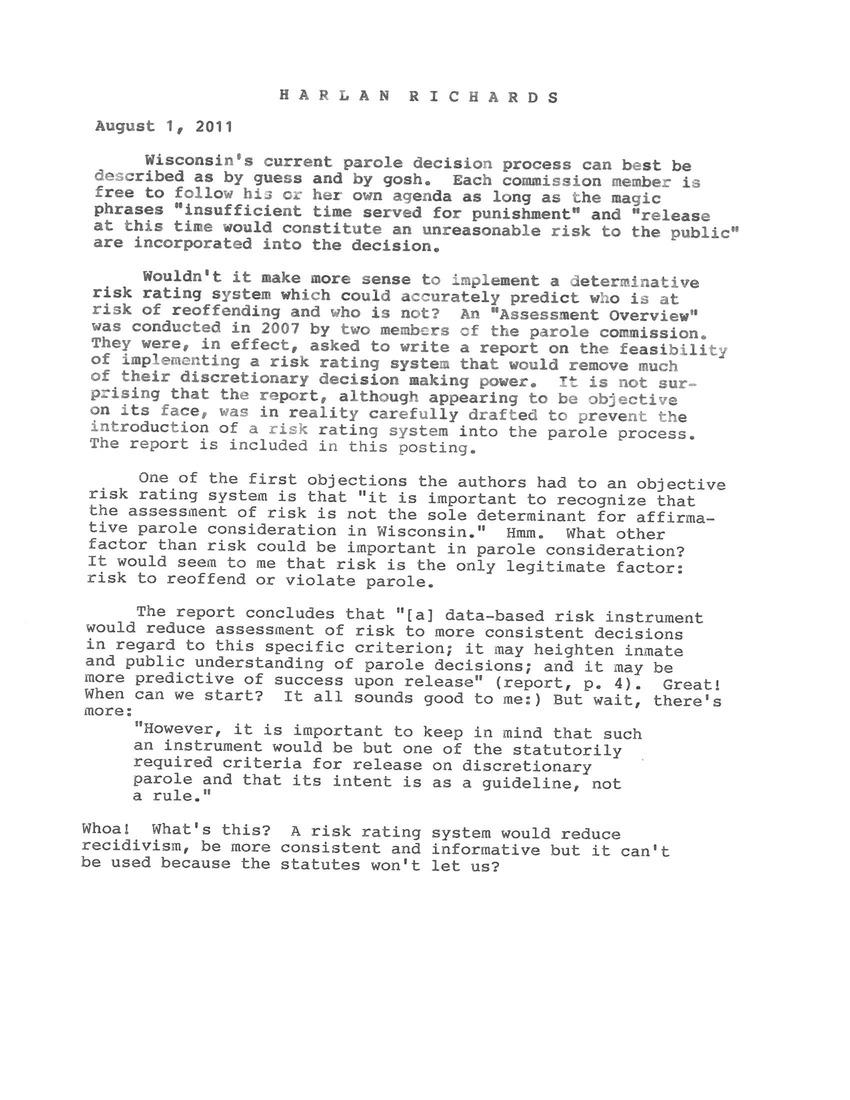
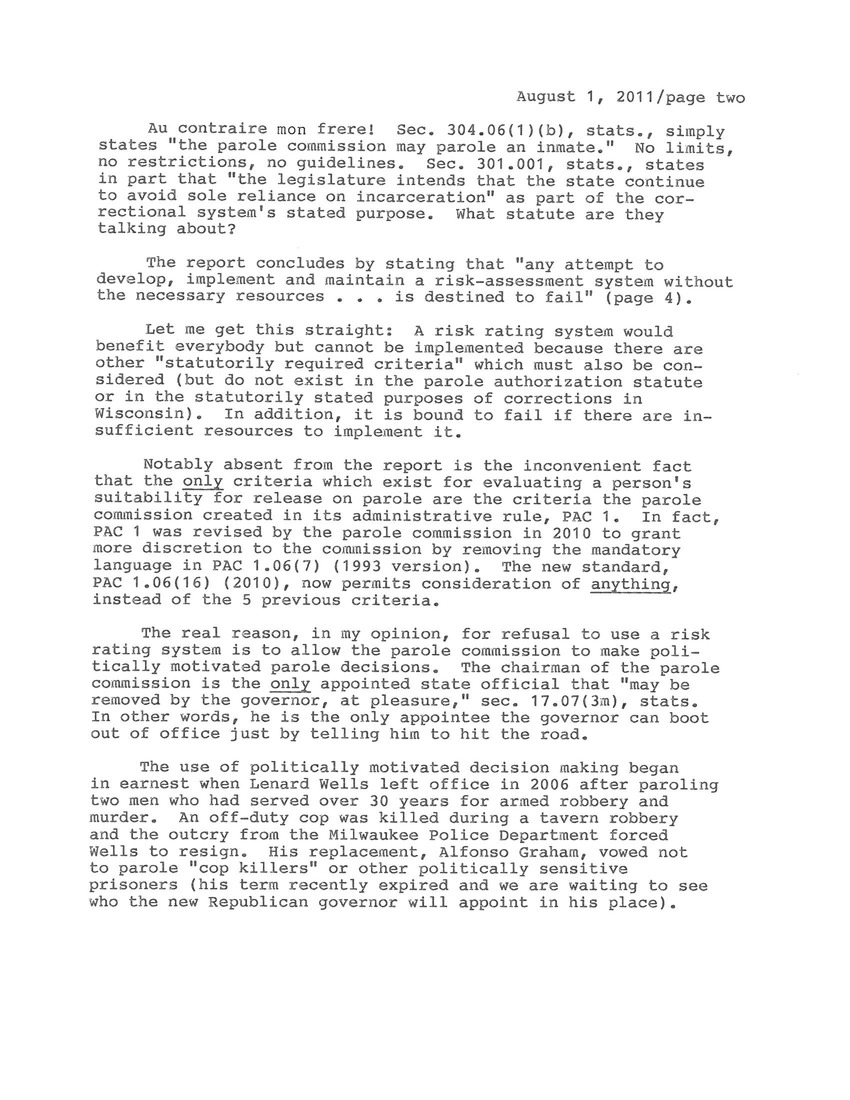

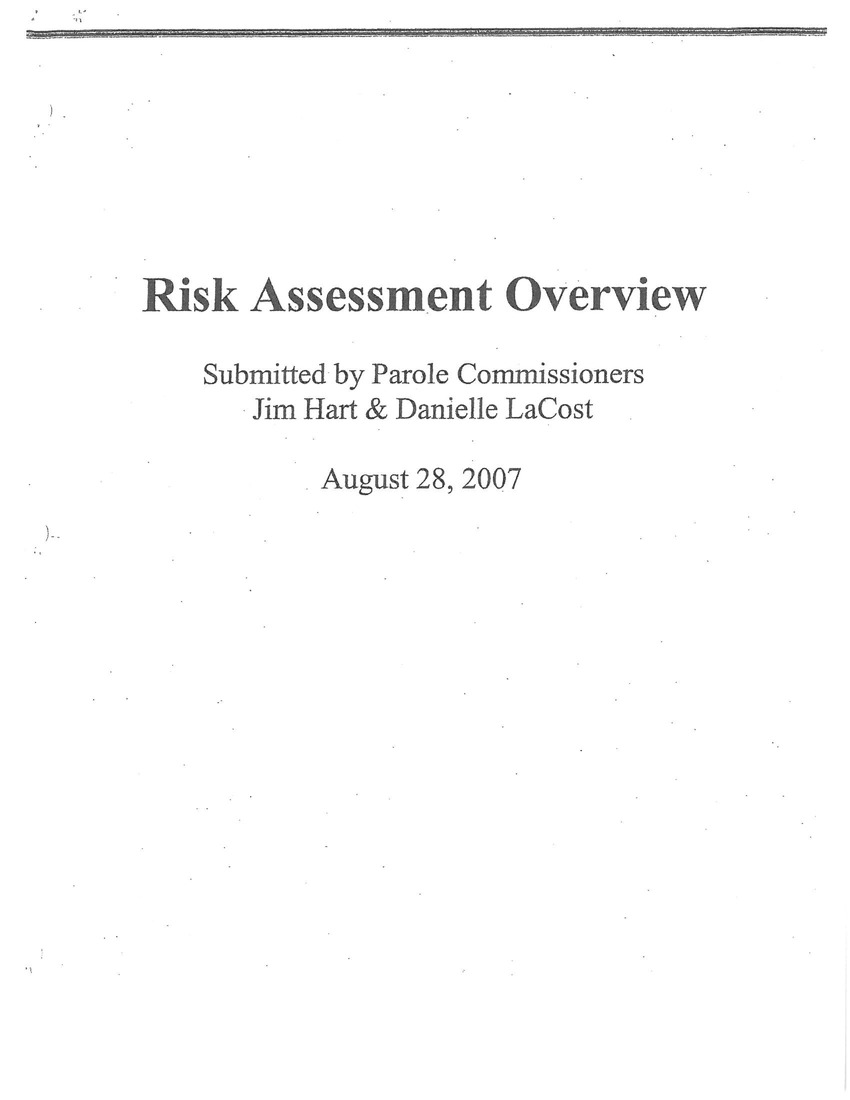
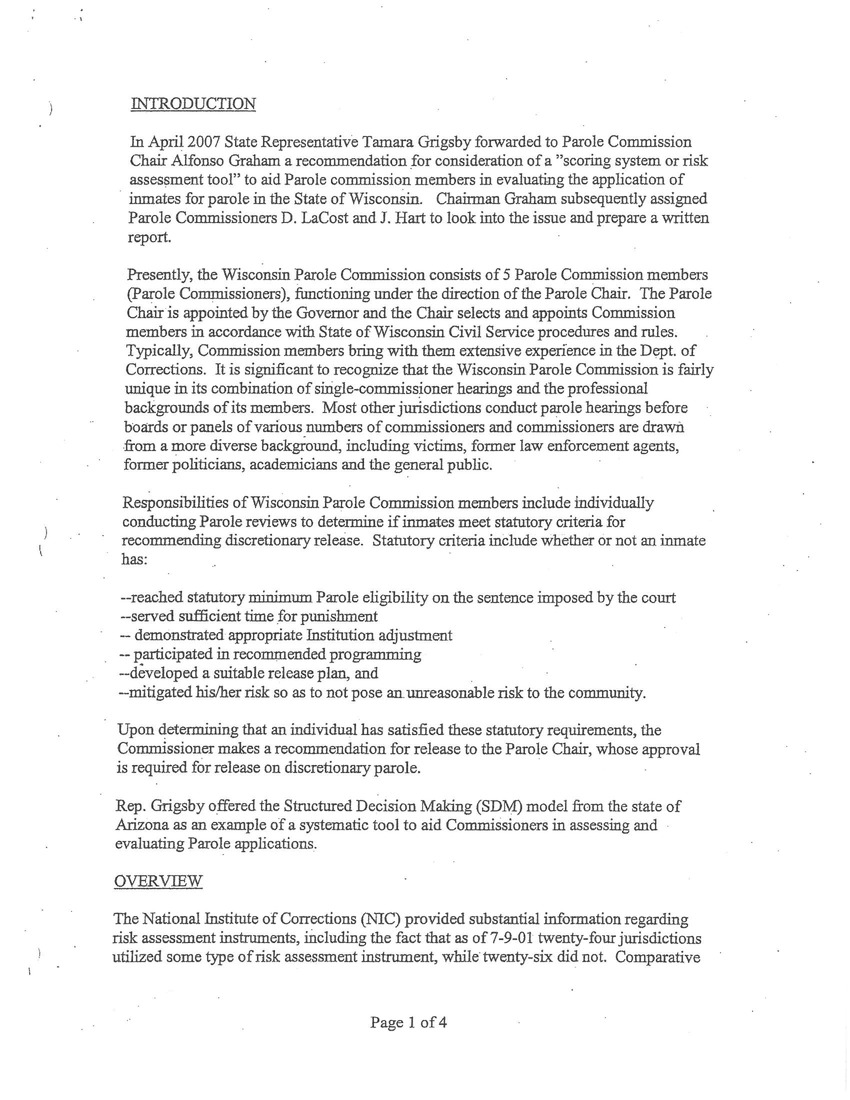
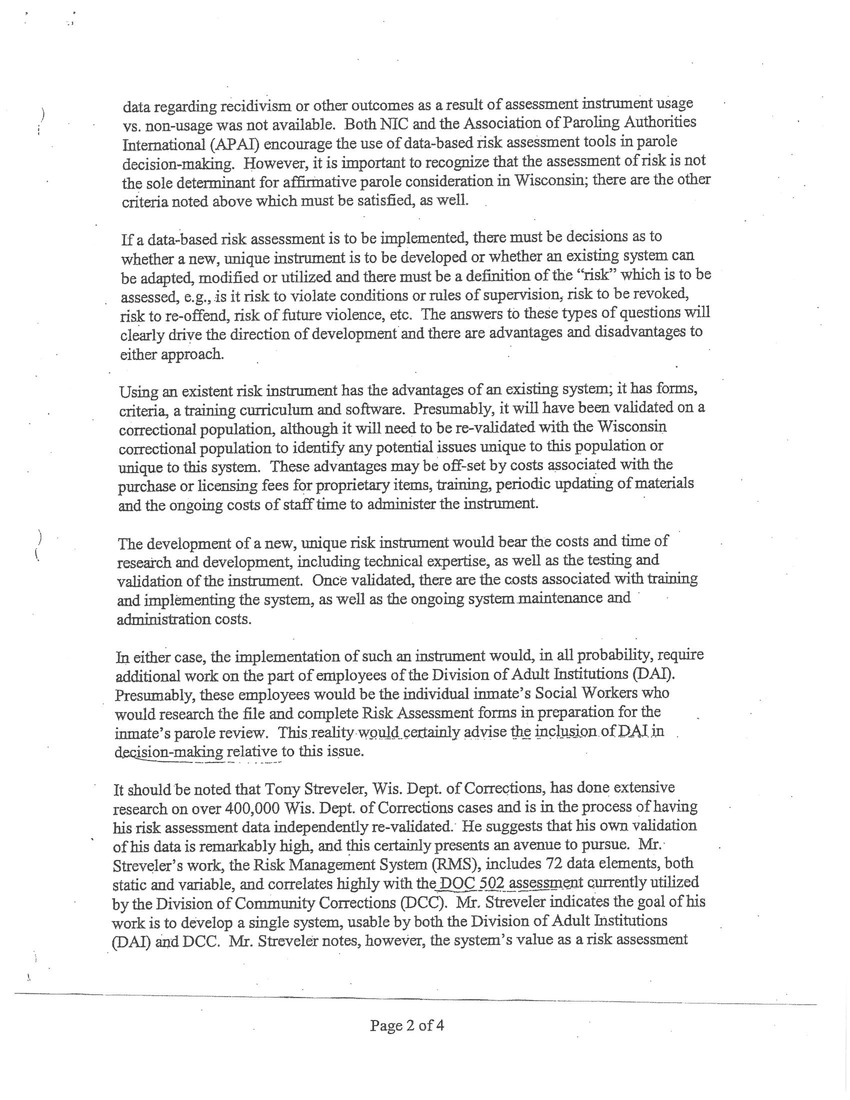

Replies